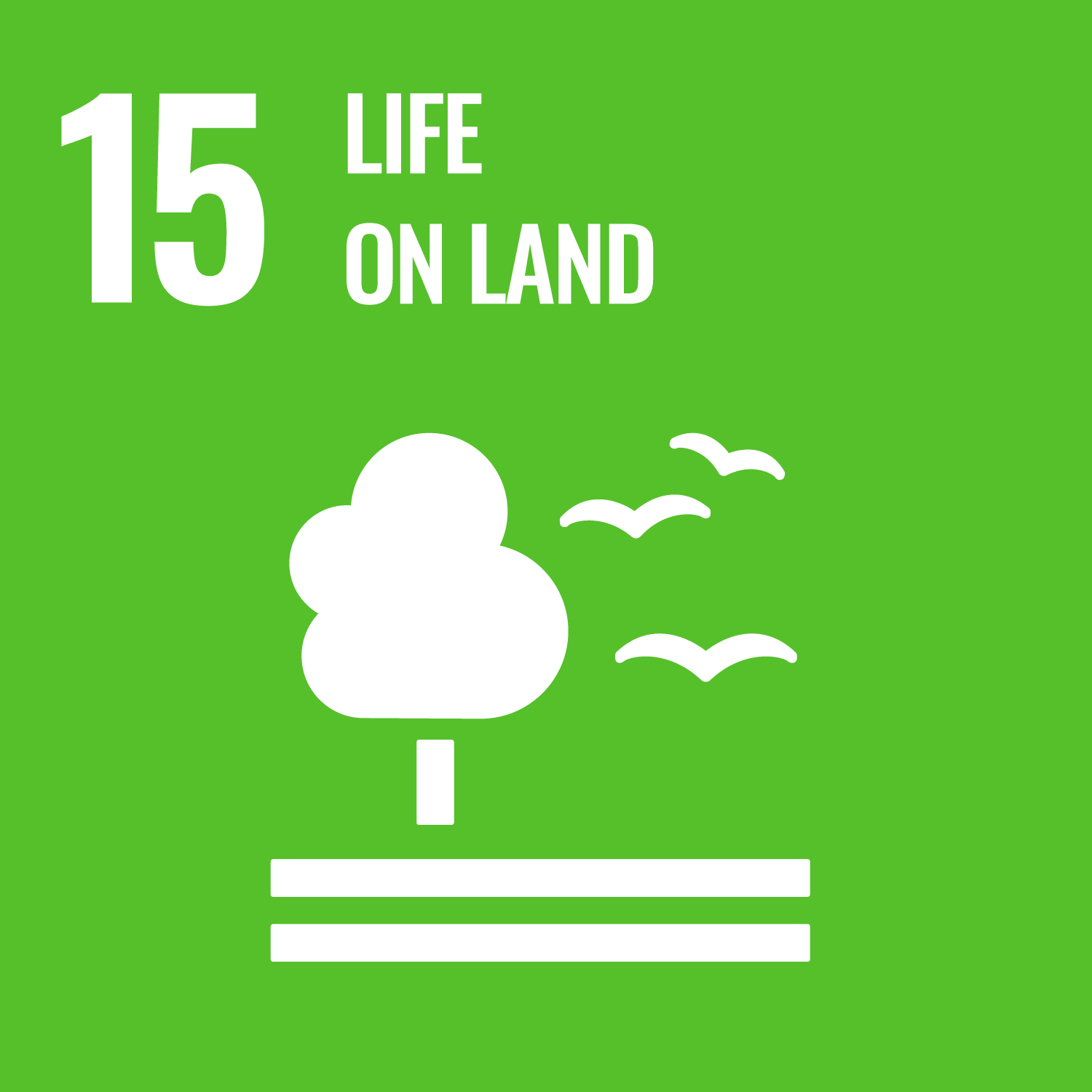Oleng, M. orcid.org/0000-0003-3933-5230, Ozdemir, Z. orcid.org/0000-0002-7491-8047 and Pilakoutas, K. orcid.org/0000-0001-6672-7665 (2024) Co-seismic and rainfall-triggered landslide hazard susceptibility assessment for Uganda derived using fuzzy logic and geospatial modelling techniques. Natural Hazards, 120 (15). pp. 14049-14082. ISSN 0921-030X
Abstract
Uganda has suffered from many damaging landslides like the 1966 Rwenzori, 1994 Kisomoro and 2010 Bududa events. Despite escalating landslide risks exacerbated by rapid deforestation, urbanization and population growth coupled with a substandard building stock, comprehensive national co-seismic and rainfall-induced landslide hazard and risk maps for Uganda do not exist. This study therefore aims to conduct landslide hazard assessment and zonation for Uganda using a geospatial-based fuzzy logic methodology. In this methodology, landslide frequency ratios obtained for the 1966 Toro and 1994 Kisomoro earthquakes are assigned to the stochastic event-based probabilistic seismic hazard map derived using OpenQuake-engine. The available co-seismic and rainfall-induced landslide inventory datasets are used to derive the distribution of landslide frequency ratios based on geology, topographic slope position index, slope aspect, slope angle, distance from streams, and proximity to major active faults. The spatial distribution of fuzzy membership functions obtained from frequency ratios are overlaid and aggregated to produce landslide susceptibility maps showing relative probabilities of landslide occurrences across Uganda. Results indicate that the highest overall landslide hazard susceptibility is expected in areas comprising highly weathered outcropping rocks of precambrian granites, dominantly metasedimentary, and granulites and gneisses geologies within 40 km from major active faults; where the bedrock peak ground acceleration ≥ 0.1 g, topographic position index ≥ 3.8, slope gradient ≥ 10°, and the distance from streams ≤ 1.25 km. These findings can inform Uganda’s directorate of disaster preparedness and management towards pioneering the development of co-seismic landslide risk mitigation measures for the country.
Metadata
| Item Type: | Article |
|---|---|
| Authors/Creators: |
|
| Copyright, Publisher and Additional Information: | © The Author(s) 2024. Open Access: This article is licensed under a Creative Commons Attribution 4.0 International License, which permits use, sharing, adaptation, distribution and reproduction in any medium or format, as long as you give appropriate credit to the original author(s) and the source, provide a link to the Creative Commons licence, and indicate if changes were made. The images or other third party material in this article are included in the article's Creative Commons licence, unless indicated otherwise in a credit line to the material. If material is not included in the article's Creative Commons licence and your intended use is not permitted by statutory regulation or exceeds the permitted use, you will need to obtain permission directly from the copyright holder. To view a copy of this licence, visit http://creativecommons.org/licenses/by/4.0/. |
| Keywords: | Uganda; Landslide inventory; Landslide conditioning factors; Fuzzy logic; GIS-based modelling; Stochastic event-based modelling; Landslide zonation and susceptibility mapping |
| Dates: |
|
| Institution: | The University of Sheffield |
| Academic Units: | The University of Sheffield > Faculty of Engineering (Sheffield) > Department of Civil and Structural Engineering (Sheffield) |
| Depositing User: | Symplectic Sheffield |
| Date Deposited: | 01 Aug 2024 10:27 |
| Last Modified: | 12 Mar 2025 15:56 |
| Status: | Published |
| Publisher: | Springer Science and Business Media LLC |
| Refereed: | Yes |
| Identification Number: | 10.1007/s11069-024-06744-5 |
| Sustainable Development Goals: | |
| Open Archives Initiative ID (OAI ID): | oai:eprints.whiterose.ac.uk:215347 |


 CORE (COnnecting REpositories)
CORE (COnnecting REpositories) CORE (COnnecting REpositories)
CORE (COnnecting REpositories)